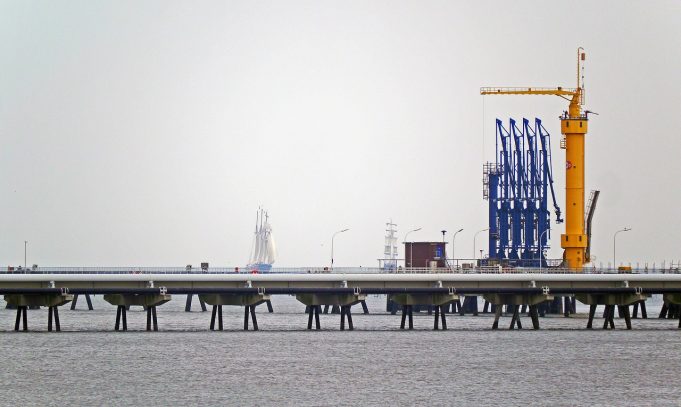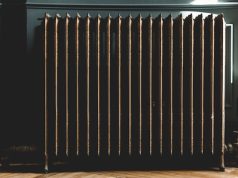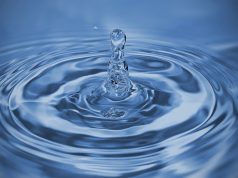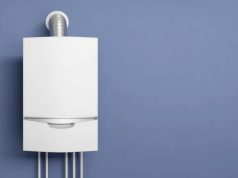Subsea pipelines play a major role in the transportation of gas, oil, and, in some cases, water. Hence, keeping them in good shape is also integral to their performance. Subsea pipelines can face a number of problems that can affect their efficiency, for example, corrosion, sludge formation, and problems with the structure of the pipeline.
A thorough inspection and monitoring of these pipelines can help ensure that these problems are alleviated and that the subsea pipelines are working at maximum performance. There are various methods through which pipeline experts inspect and monitor subsea pipelines. Keep reading to find out what these are.
Inspecting and Monitoring Subsea Pipelines
Since these pipelines tend to be under the sea, it can often be difficult to physically and visually assess any damage or monitor them. For this reason, Non-Destructive Testing (NDT) methods of inspection are used for subsea pipelines. These measures and observe internal irregularities without damaging the pipeline itself. The most popular NDT methods include using smart pigging techniques, ultrasonic testing, and hydrostatic testing of the pipelines.
- Pipeline Inspection through Smart Pigs
The most popular method through which subsea pipelines are inspected or monitored is through mechanical smart pigs. Since corrosion and extreme temperature changes can cause bending, structural changes, leaks, and cracks in the subsea pipelines, pigging techniques are employed to help detect such defects.
The magnetic flux pigging technique involves the usage of magnetic sensors that detect magnetic leakage in a pipeline. This method is non-intrusive and non-destructive, which is why pipeline experts widely use it. Another excellent thing about this method is that it helps detect both internal and external damages to the pipeline; this is something that not many monitoring and inspection methods do.
Depending on the type of pigging technique, you can also use an inspection probe, known as a smart pig. It travels through the pipeline to gather information on it, such as the presence of corrosion, leaks, or any other irregularity. All in all, there are several types of pigs you can use depending on the type of flaw you want to identify and the pipelines you have.
- Hydrostatic Testing of Subsea Pipelines
This test mainly analyses the mechanical strength and looks for any flaws in the subsea pipelines. It is carried out by filling the pipelines with a non-compressible liquid, typically water with a colour dye, increasing it to a certain amount of internal pressure, and then detecting any possible defects. The pressure is set to the maximum amount to see how much the pipeline can withstand.
Since all valves, vents, and openings are closed, hydrostatic testing helps to see if there is any pressure loss. If there is, then it means that there is a possible leak somewhere. Since corrosion may also cause leaks or cracks in subsea pipelines, this is a common pipeline inspection method. It can even help identify any active corrosion cells that are present.
- Ultrasonic Testing of Subsea Pipelines
Another Non Destructive Testing method to inspect subsea pipelines is Ultrasonic Testing. It is widely used to detect any flaws and for quality control measures. It is the most accurate measure since it will tell you exactly where there are any irregularities like cracks or leaks.
In this testing method, a transducer connected to a diagnostic machine is attached to the exterior of the subsea pipeline. Then, high-frequency sound waves are sent throughout the pipelines. As they are traveling, if they come across any flaws, the waves are reflected back. When this happens, the inspector is alerted. They can then find out where precisely the crack or leak is from.
Not only does this method provide accurate detection of flaws, but it is also a quick and nonintrusive method since you won’t have to open the pipelines.
- Visual Inspection
Besides these non-destructive testing methods, other options to inspect and monitor offshore pipelines can be a visual inspection. However, it is not exactly the most accurate measure or one that can be easily carried out when it comes to such pipelines. This method is most commonly employed to check for exterior cracks or flaws or hardness on the pipelines.
The most excellent thing about this method is that it is quite inexpensive. A trained technician travels either through diving or in ROVs (remotely operated vehicles) to the pipelines and looks at them to analyse any flaws or irregularities. This helps in providing a more detailed and specialized inspection of the subsea pipelines.
However, when it comes to subsea pipelines, this method is not commonly used. This is because it can be dangerous. This is why technology and machines are used instead.
- Annulus Testing
Since subsea pipelines are filled with gas or oil, the gradual build-up of permeated gasses and the possible ingress of seawater due to damage to the pipeline outer sheath can seriously compromise integrity. This method is typically considered to be an accurate, reliable, and cost-effective monitoring method. Experts’ specific tools help detect any irregularities by providing inspectors and experts with scans of the pipeline’s interior. Annulus testing can involve two methods; these are nitrogen pressure testing and vacuum testing.
Final Words
Besides strict and thorough manufacturing and repair of pipelines, monitoring and flaw inspection is just as integral to the excellent performance of subsea pipelines for any offshore project. Therefore, carrying out regular maintenance through inspection is of utmost importance. It will also ensure that your pipelines continue to function at maximum efficiency for a longer period of time.
If you are looking for experienced technicians and experts for subsea pipeline inspection or monitoring, we recommend you consider Flexlife. They provide multiple cost-effective inspection methods, including Annulus Testing, Ultrasonic Scanning Inspection, and visual inspection. For more information, visit their website!














